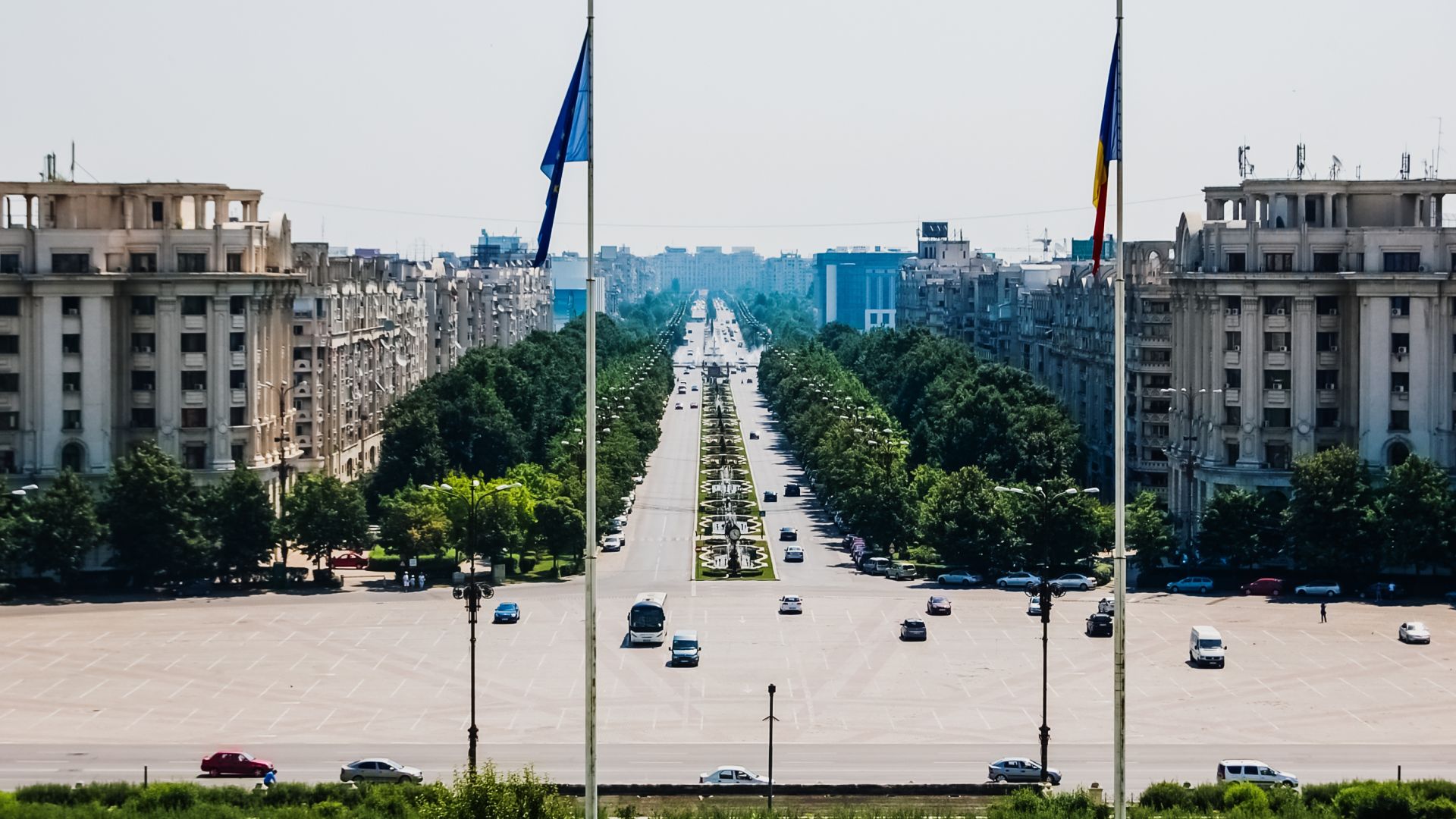Bucharest, Romania’s capital, is a city with a rich history, one that spans over millennia.
And today, we’re going to learn a bit more about the city’s history – because, if you decide to visit or move here, knowing at least a bit about the history will make everything more interesting.
Plus, you get bonus points with a Romanian woman if you tell her even a few facts that are not that well known.
And Bucharest does have a lot to offer in terms of history! It’s actually a city whose area has been inhabited since the Paleolithic era, although Romania’s capital as we know it today is a lot younger.
So let’s quickly dive in to Bucharest’s history and learn a few fun facts about the city. (Speaking of these, you can read some additional fun facts about Romania here).
Prehistory of Bucharest, Romania

As I mentioned in the intro, it is believed that the place that we now call Bucharest was inhabited since Paleolithic times (aka the Stone Age), as tools were found by archaeologists.
Later on, archaeologic evidence from the Neolithic era (some 6,000 years ago) shown the existence of a few settlements on the shores of the Dambovita river, which runs through the heart of modern day Bucharest.
During this time, the base of the Glina and Gumelniţa culture were established (known as “Old Europe” in history).
These evolved during the early Bronze age, focusing on animal husbandry and advancing tools, as well as a deeper sense of community.
There is little evidence from these ancient times, but it is believed that the inhabitants lived very simple lives, relying mostly on hunting and gathering, but also rudimentary forms of agriculture and domesticating animals later on.
The region’s fertile land and proximity to water sources helped a lot in the creation of more organized societies.
It was basically “the beginning of times” for Bucharest’s history and one can only imagine how different, but even more so interesting, were the lives of these prehistoric inhabitants of the area.
Bucharest during the Iron Age
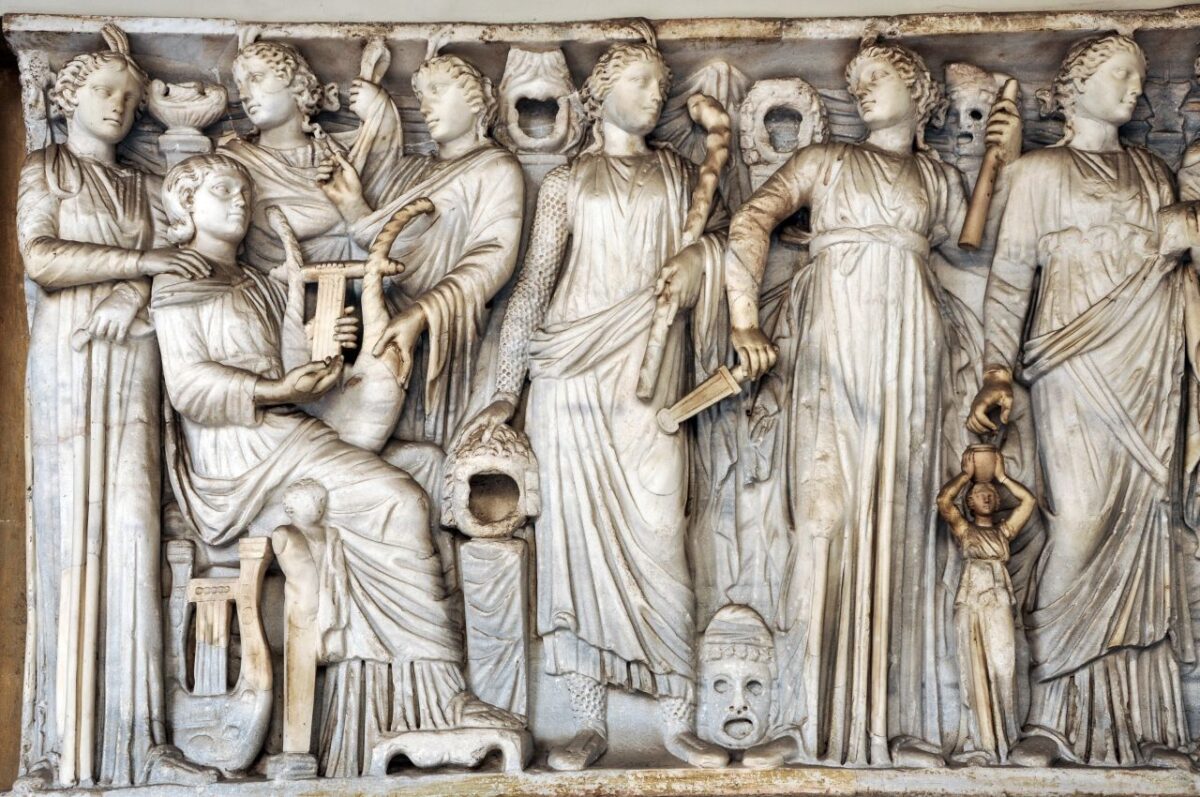
During this important age, starting some 3,000 years ago, the area where modern Bucharest is found today was populated by Romania’s ancestors, the Getae and the Dacians, who spoke an Indo-European language.
Various settlements were established in the area, with connection to the important cultures of the time, mainly the Romans and Greek.
Also, it is during this time that we could notice the evolution of the area, when the foundation of modern Romania was built.
An interesting fact from this time is that Bucharest was never under Roman occupation, although Dacia (what is mostly considered to be Romania today) was, following Trajan’s Dacian Wars that ended in 106.
The establishment of Bucharest
The modern history of Bucharest as we know it today actually begins sometime in the 14th settlement, when the urban settlement is believed to have been established by Mircea the Elder, ruler of Wallachia, and one of Romania’s greatest leaders.
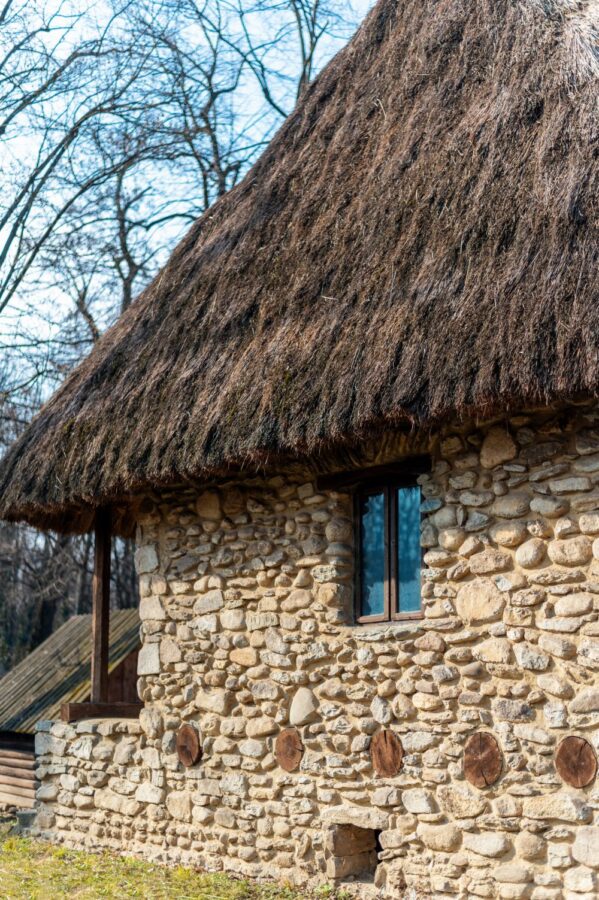
When it was established, Bucharest was a small fortress and trade outpost.
But its strategic location along important trade routes of the time contributed to its growth and development.
Also thanks to being at the crossroads, it was influenced by the Byzantine, Ottoman, and Western European styles when it comes to architectural styles, resulting in a pretty unique and interesting blend (out of which little remains today, unfortunately).
Officially, though, the first recorded mention of Bucharest is in a written document dating back 1459 and signed by Vlad the Impaler (aka Dracula).
Bucharest’s massive growth in the 17th century
It’s during the 17th century that Bucharest recorded massive growth, mainly as population grew due to its strategic location. Thousands were flocking in to live in the city, as there were plenty of opportunities present here.
During those times, many new buildings were erected, including churches, monasteries and even small palaces.
One of the few remaining from the era is the Stavropoleos Church, which is among the top attractions in the Old Town.
You can get a bit more in depth with Romanian culture too.
Bucharest becomes Romania’s capital in the 19th century
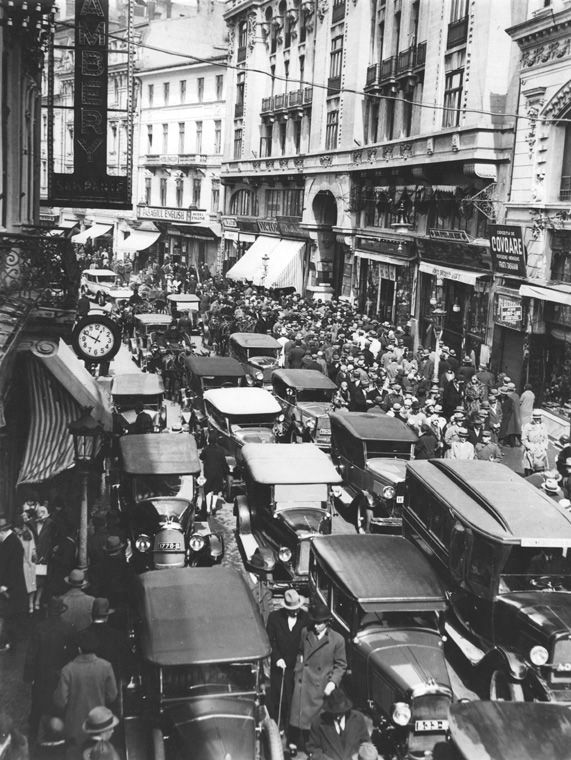
Romania as a country didn’t exist until the 19th century, when the principates of Wallachia and Moldavia united to create the Romanian United Principalities. That happened in 1862.
That is also when Bucharest became Romania’s capital – on January 22nd, 1862. Except for a brief period during the World War I, when the capital was moved to Iasi, Bucharest was always the country’s capital.
As you can imagine, once the city became the country’s capital, things really started to move up with new buildings being built and a massive influx of people arriving here.
Actually, it was during this time that Bucharest ended up being called
“Little Paris,” for its architecture and the massive use of the French language, especially the the city’s elite.
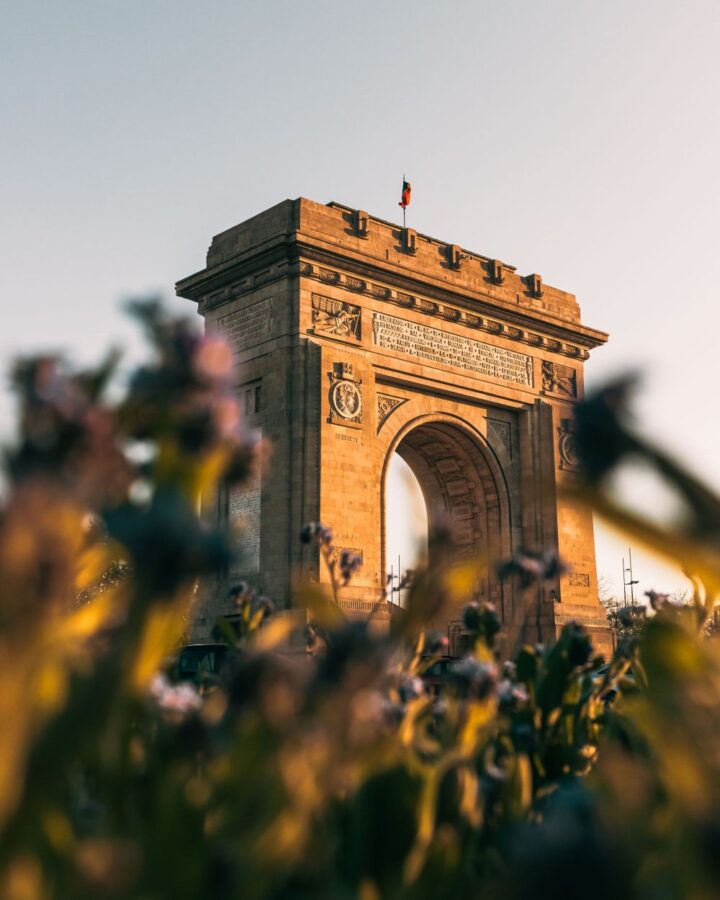
Building up on this, back in 1921, the Arch of Triumph was built, resembling Paris’ own Arc de Triomphe.
Unfortunately, the Second World War caused massive damage to the city, resulting in most of its most important buildings being bombed and destroyed.
This was followed by the raise to power of the communist regime which, under Nicolae Ceausescu‘s rule, destroyed even more of the buildings to create his own Palace, “House of the People” (later renamed to the Palace of the Parliament about which I wrote here) or the well known communist blocks of flats that are still part of the city’s architecture today.
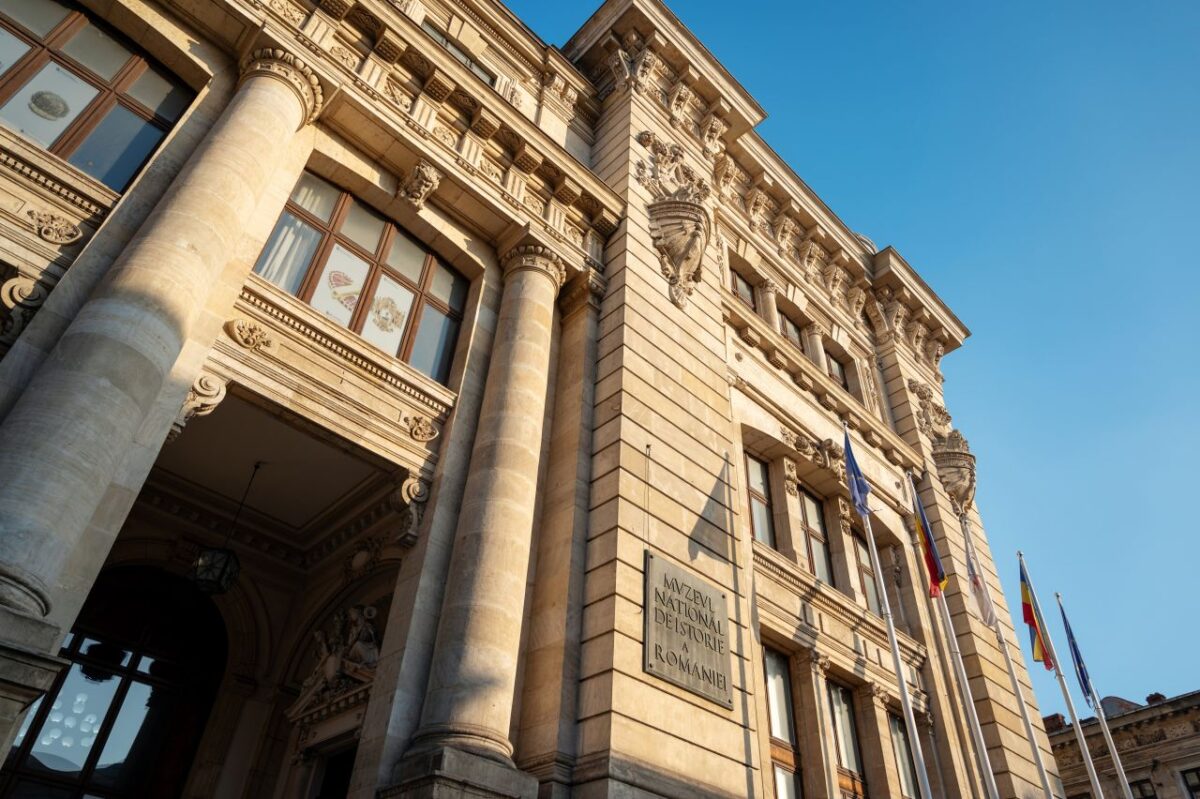
However, there are still some of the old, beautiful buildings and monuments standing today, most of them in the city center area. So, if you’re looking to get a bit of history first hand, that’s the area you should visit first.
You can choose one of my recommended hotels next to Bucharest’s train station to be close to the city center.
Conclusion
For a city as important as Bucharest, this is nothing but a brief history that covers the basics. I tried to keep it as short as possible, but at the same time without skipping any important details.
The city grew nicely and today is an interesting mixture or communist buildings, architectural wonders of the past and modern, impressive structures.
It definitely has its own personality – one that I am not necessarily a big fan of, but which others find charming.
Either way, Bucharest is a city with a rich history and an extremely important city in Romania’s history, hence my decision to write about it.
I know there are many more stories to be told, so if you have one (or more) that are interesting, don’t hesitate to share it in the comments section below.
- List of the International Airports in Romania (with Map) - April 25, 2024
- Beach, Please Festival 2024: Lineup, Schedule & Dates [Updated April 24] - April 24, 2024
- Best Music Festivals in Romania – with Dates & Lineups [2024 Update] - April 17, 2024

